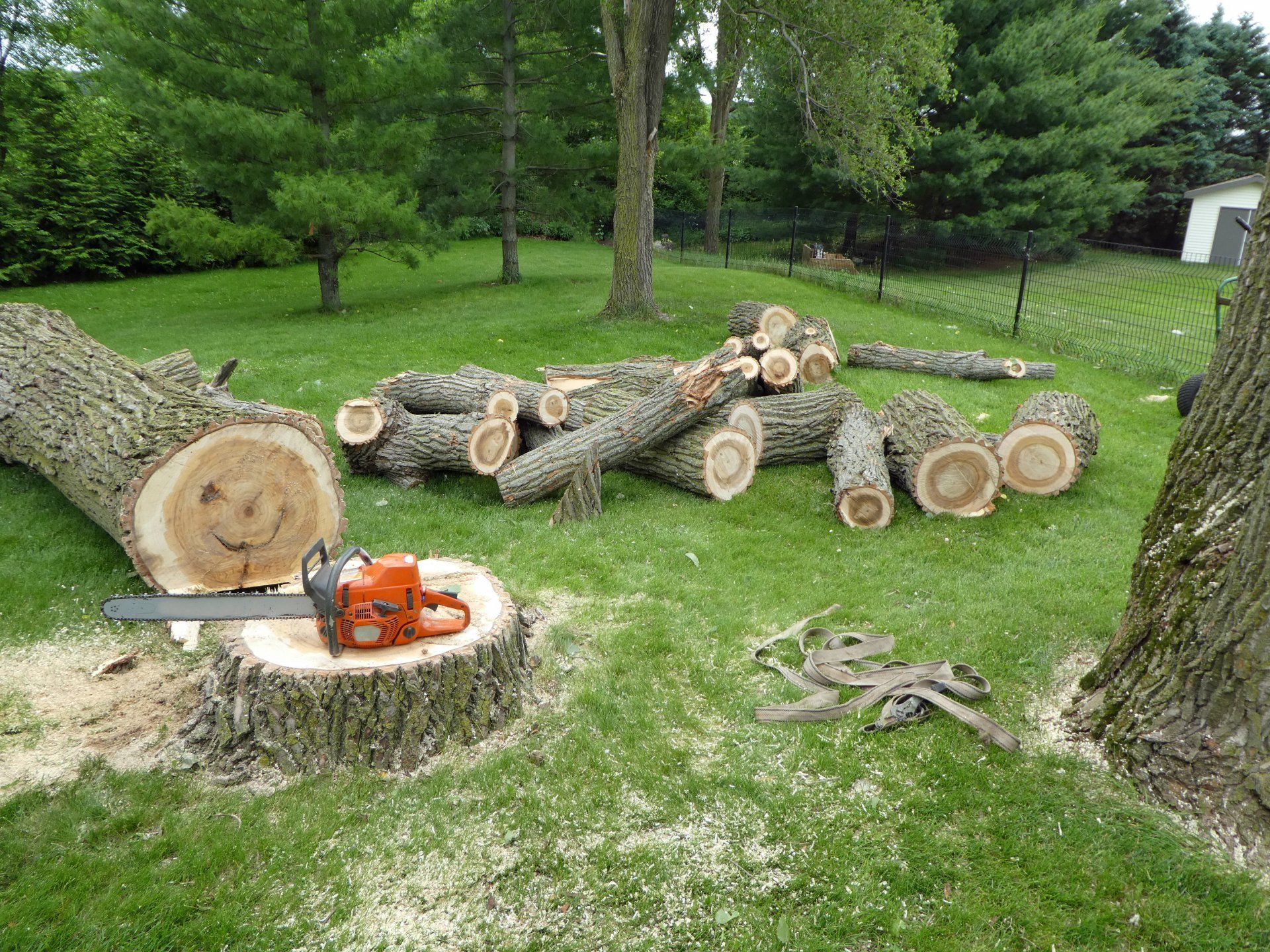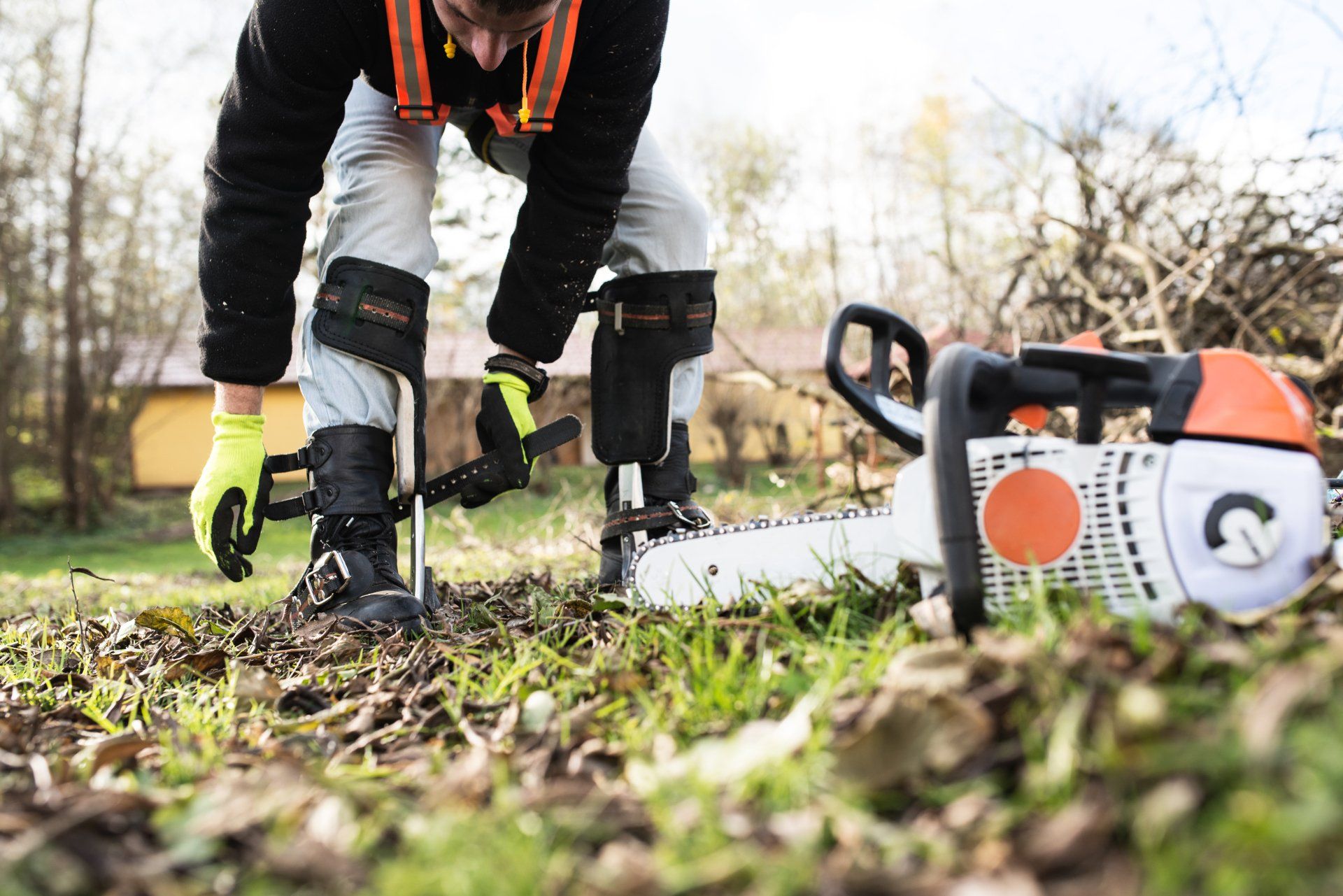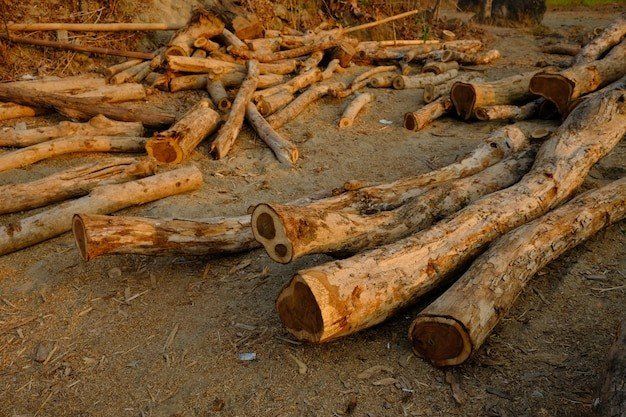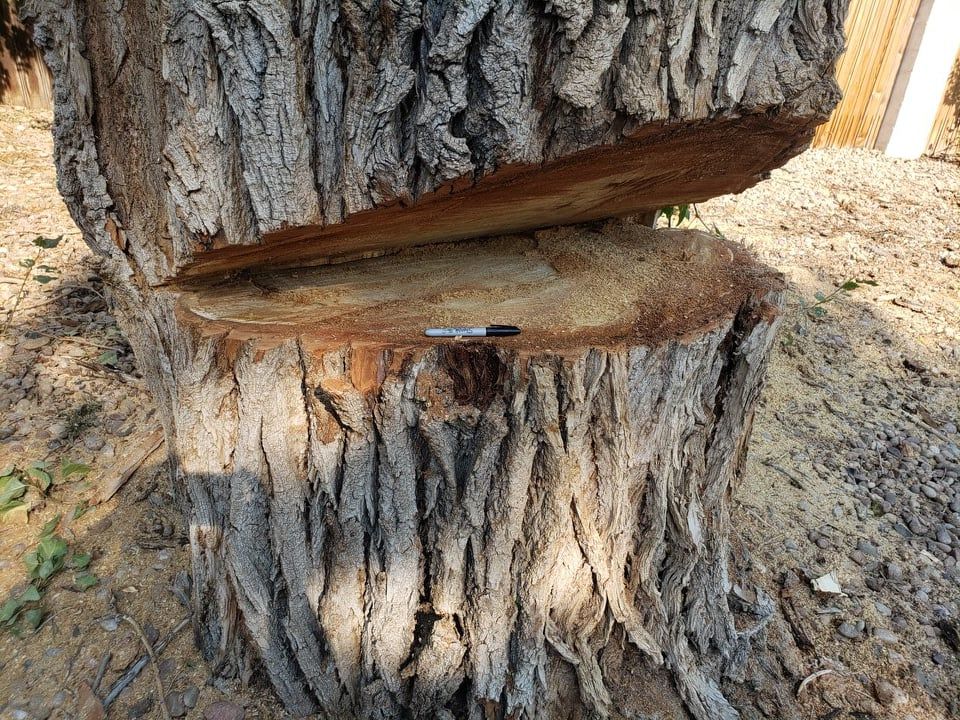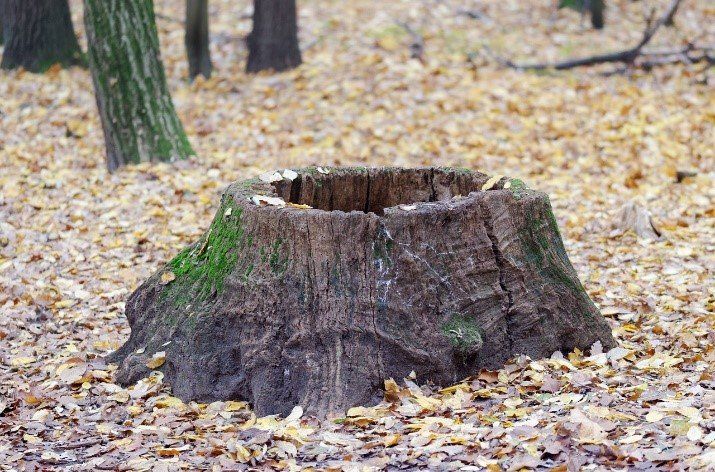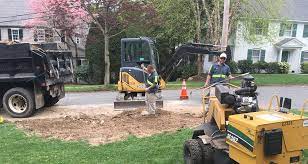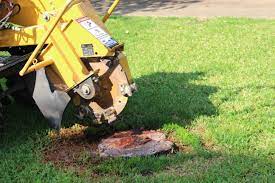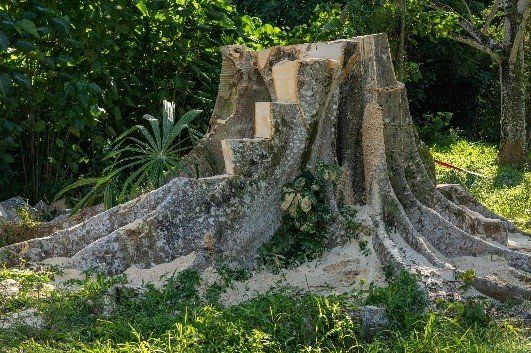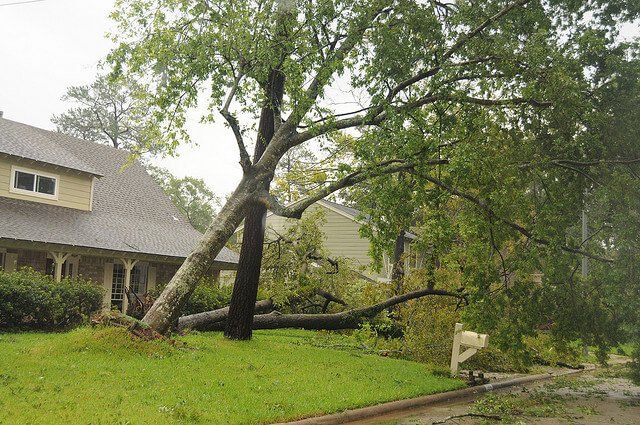How do you treat soil after stump grinding?
How do you treat soil after stump grinding?
After removing a tree stump, the ground underneath is often left with large amounts of soil and other debris. To get the area ready for new plants or grass, you’ll need to add new soil, compact the dirt and remove rocks, twigs and other unwanted items. There are many different ways to go about this process, but most involve removing as much of the unwanted items as possible while also adding necessary nutrients back into the ground. This article will explain how to treat soil after stump grinding by covering all the essential details for successful post-stump grinding care. Read on to learn more!
What is involved in treating the soil after stump grinding?
Treating soil after stump grinding involves many different steps. You’ll want to remove rocks and other unwanted items, as well as add nutrients that the ground may be lacking. You may also want to add new soil or topsoil to the area, which can be done in a few different ways. First, you’ll want to clean out the stump area as much as possible. Use a shovel to remove any rocks and large pieces of dirt that may be left in the ground. Then, you can use a rake to break up any remaining pieces of stump and other debris. Next, you’ll want to add nutrients to the ground. The best way to do this is by fertilizing the ground with a fertilizer designed for use on soil. Take care to read the fertilizer label to determine the right amount to add. Finally, you can add new soil or topsoil to the area. The best way to do this is by using a John Deere tree stump grinder. Simply pour the new soil into the ground, then use the stump grinder to incorporate it into the existing ground.
Replacing the soil after stump grinding
After stump grinding, you may need to replace the soil that was removed from the area. This is often the case if you’re clearing out an area for a new lawn or garden. It’s important to add the right type of soil to the area, however, or you could end up with poor growth and poor soil quality. To replace the soil, you can either buy a bagged soil mix or you can use topsoil from another area. If you choose to use bagged soil, be sure to choose the right type for your area. For example, if you live in an area with sandy soil, you do not want to use a soil mix designed for clay. For topsoil, you can ask a local arborist or soil company if they have any soil they’d like to get rid of. You can also check with local construction companies to see if they have any leftover soil they’d like to get rid of.
Adding fertilizer to the ground
After removing the rocks, twigs and other debris from the ground and cleaning out the stump, you’ll want to add fertilizer to the area. There are many different types of fertilizer that you can use, but you’ll want to choose one that’s designed for use on soil. Fertilizer is an important part of post-stump grinding care because it can help replace the nutrients that were removed from the ground when you removed the stump. When adding fertilizer to the ground, it’s important to apply the right amount. You should also know when to apply the fertilizer, so you can get the best results. For example, if you want to use a fertilizer designed to promote root growth, you should apply it before planting your new plants. If you want to use a fertilizer that promotes top growth, you should apply it after planting. Some fertilizers can be applied at any time, but you should check the label to be sure.
Mixing in organic matter
Organic matter is another important part of post-stump grinding care. It’s often best to mix in organic matter before you add the fertilizer, but you can also do both at the same time. There are many different types of organic matter you can use, but you’ll want to choose something that’s locally sourced. Mixing in organic matter can help provide added nutrients to the ground as well as help it retain water better. It can also help prevent weeds from growing in the area. When mixing in organic matter, you’ll want to make sure it’s broken up into small pieces. You can use a shovel or another tool to do this. You can also mix in organic matter while you’re adding fertilizer.
Rotating and tilling the ground
Another important part of post-stump grinding care is rotating and tilling the ground. When you rotate the ground, you’re turning it over, so the top soil is mixed with the bottom soil. This helps bring more nutrients from the bottom soil up to the surface, so your plants have plenty of nutrients to grow. It can also help prevent problems like root rot, which is when the roots of your plants grow in the wrong soil. It can also help control weeds by preventing them from getting a good start in the ground. You can rotate the ground by hand if you like, but it’s easier to use a rototiller. A rototiller is a tool that breaks up the soil and rotates it at the same time. When tilling the ground after stump grinding, you want to till the ground down about 6 inches or so. This is a good depth to till the ground, but not too deep where you end up bringing too much soil to the surface.
How to add new soil after stump grinding
There are a few different ways to add new soil after stump grinding. You can use a John Deere tree stump grinder to pour the new soil in and mix it with the old soil. This works especially well when you use clean fill soil, which is often used to fill in old or eroded areas. You can also use a backhoe to dig out an area and then fill the hole with new soil. This method is best when you have a large area to fill. Finally, you can use a Bobcat to pour the new soil into a wheelbarrow, then wheel it over to the area and pour it out. When you add the new soil, you’ll want to make sure you get it mixed in well with the old soil. You can use a shovel or other tool to do this. You can also use a rototiller to help mix the new soil in, if you used that tool to till the ground.
Conclusion
After removing a tree stump, you’ll need to treat the soil to get the area ready for new plants or grass. There are many different ways to go about this process, but most involve removing as much of the debris as possible while also adding nutrients back into the ground. First, you’ll want to clean out the stump area as much as possible. Then, you can add nutrients to the ground by using a fertilizer designed for soil. Finally, you can add new soil or topsoil to the area using a John Deere tree stump grinder or another method.
